Buy this bird art Great Spotted Woodpecker by fb-fotografie on canvas, ArtFrame, poster and wallpaper, printed on demand in high quality.
About "Great Spotted Woodpecker"
by fb-fotografie
About the artwork
The Great Spotted Woodpecker or GBS, who doesn't know it. Many people's favourite bird is pictured here in its full glory very nicely with its black and white plumage and red trousers.
The great spotted woodpecker mainly eats insects (larvae) and switches in winter to various tree seeds (especially from pine and spruce cones), nuts (hazelnut, walnut, beech, hornbeam) and to a lesser extent acorns. In summer, eggs and young birds are also sometimes snatched from nests.
The great spotted woodpecker is found in all types of woodland : deciduous, coniferous or mixed woodland. A varied forest structure (young and old trees, dense and open woodland) is preferred. It is not really forest-bound. The species also occurs in a cultural landscape with small woods, avenue trees, parks and gardens. The amount of standing dead wood is particularly important.
The great spotted woodpecker carves a nest cavity in trees. Soft woods (such as birch) are particularly favoured, but other tree species are also used to carve out a cavity with a round hole. Carving out a nest cavity takes 14 - 25 days on average. Both the male and the female carve out the hole. The same hole is often used several years in a row. In the nest cavity, the eggs are simply laid on the wood; the great spotted woodpecker does not make a comfortable nest for the young.

About fb-fotografie
I am a passionate all-round photographer with a preference for nature and wildlife. Photography for me is mainly about capturing the moment, be it in nature or just on the street... Read more…
 Germany
Germany Ordered in February 2022
Ordered in February 2022
 Netherlands
Netherlands Ordered in April 2025
Ordered in April 2025
 Netherlands
Netherlands Ordered in December 2022
Ordered in December 2022
 Netherlands
Netherlands Ordered in May 2024
Ordered in May 2024
 Netherlands
Netherlands Ordered in November 2021
Ordered in November 2021
 Germany
Germany Ordered in February 2022
Ordered in February 2022
 Germany
Germany Ordered in February 2025
Ordered in February 2025
 Germany
Germany Ordered in January 2022
Ordered in January 2022
 Netherlands
Netherlands Ordered in October 2019
Ordered in October 2019
 Germany
Germany Ordered in November 2020
Ordered in November 2020
 Netherlands
Netherlands Ordered in January 2022
Ordered in January 2022
 Germany
Germany Ordered in May 2019
Ordered in May 2019
About the material
ArtFrame™
Interchangeable Art Prints
- High-quality print
- Easily interchangeable
- Acoustic function
- Large sizes available
Discover the artworks of fb-fotografie
 Old tapsfb-fotografie
Old tapsfb-fotografie M.C.Escher balconiesfb-fotografie
M.C.Escher balconiesfb-fotografie Soft focus Bulrushfb-fotografie
Soft focus Bulrushfb-fotografie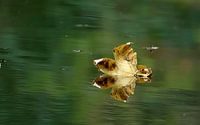 Autumnfb-fotografie
Autumnfb-fotografie Scottish Highlander in winter landscapefb-fotografie
Scottish Highlander in winter landscapefb-fotografie Tertris me containersfb-fotografie
Tertris me containersfb-fotografie Finch in exceptional detailfb-fotografie
Finch in exceptional detailfb-fotografie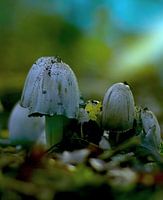 Bare Ink mushroom with beautiful bokehfb-fotografie
Bare Ink mushroom with beautiful bokehfb-fotografie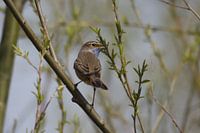 Bluethroat sings the high songfb-fotografie
Bluethroat sings the high songfb-fotografie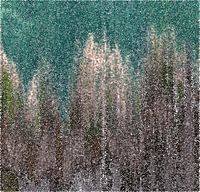 Milanescofb-fotografie
Milanescofb-fotografie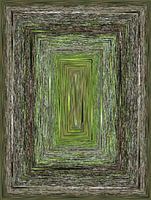 Matrix transformationfb-fotografie
Matrix transformationfb-fotografie Fresco illustration of stone flower vasefb-fotografie
Fresco illustration of stone flower vasefb-fotografie Stormy weatherfb-fotografie
Stormy weatherfb-fotografie Abstract kaleidoscopefb-fotografie
Abstract kaleidoscopefb-fotografie Forest ICM (Intentional Camera Movement)fb-fotografie
Forest ICM (Intentional Camera Movement)fb-fotografie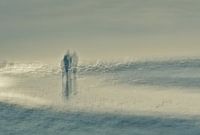 Side by side, the shoreline we tread - Ifb-fotografie
Side by side, the shoreline we tread - Ifb-fotografie Highland Cowfb-fotografie
Highland Cowfb-fotografie Abstract block patternfb-fotografie
Abstract block patternfb-fotografie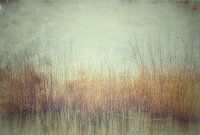 Reeds in frozen pondfb-fotografie
Reeds in frozen pondfb-fotografie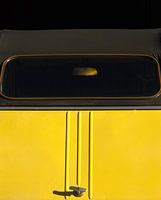 2CVfb-fotografie
2CVfb-fotografie
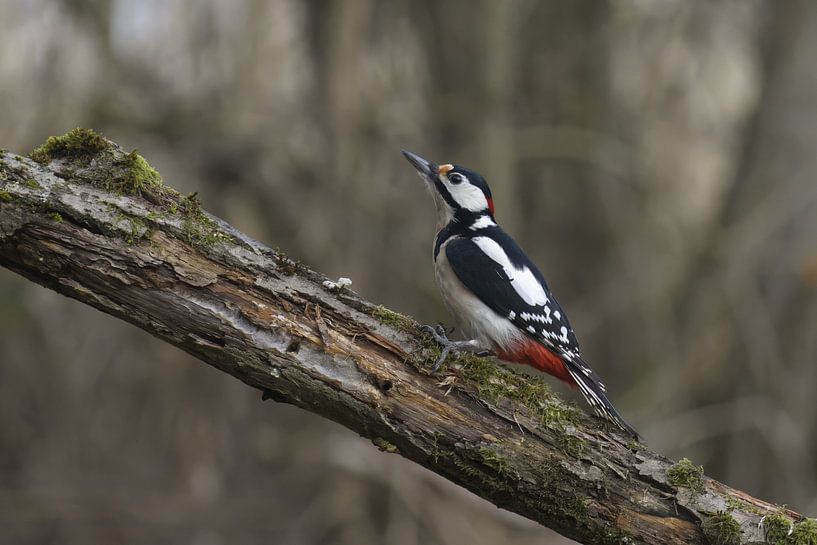












 Birds
Birds Nature and weather
Nature and weather Photo wallpaper
Photo wallpaper Photography
Photography Serene Peace
Serene Peace Trees
Trees









